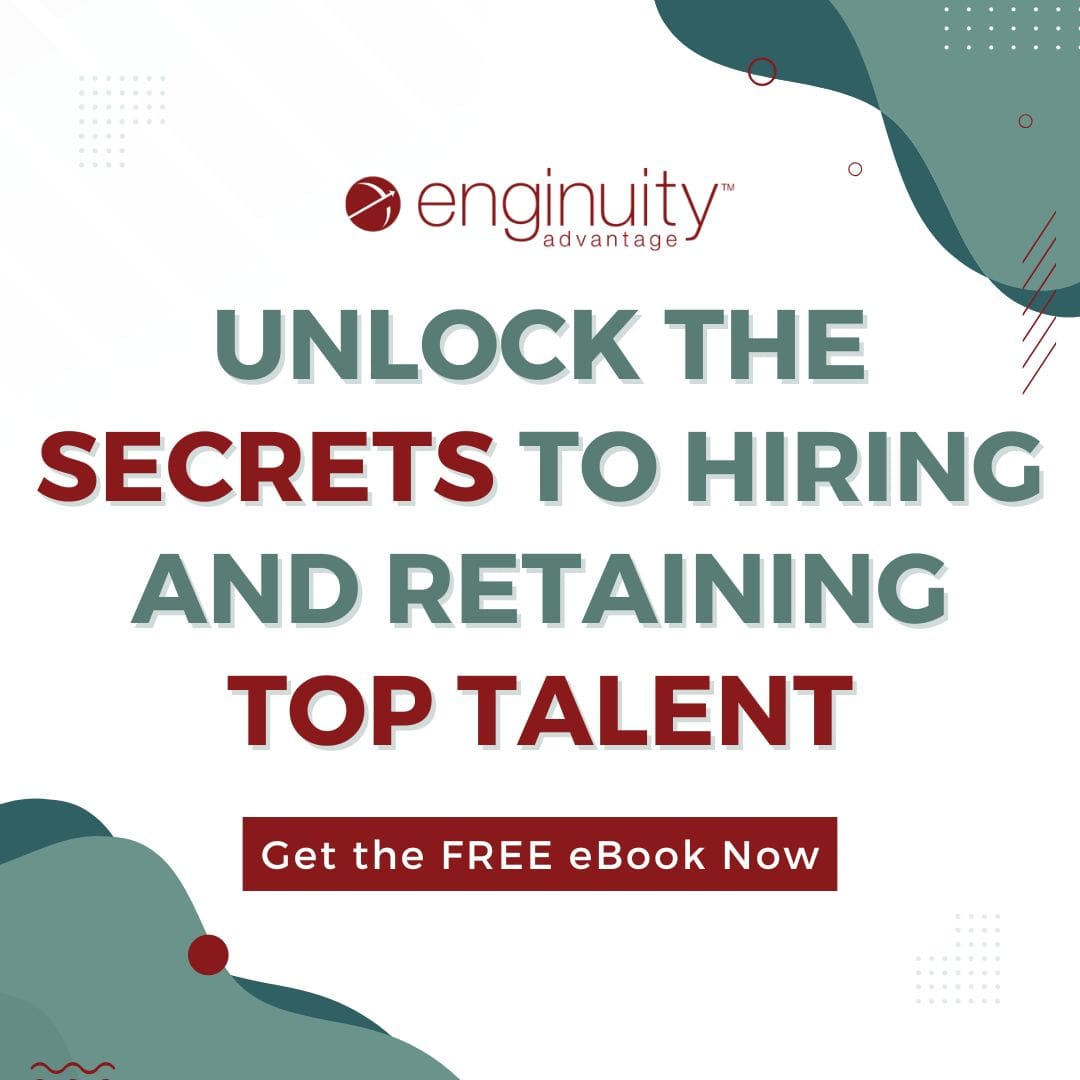Why Job Descriptions Are Failing You: How to Write Ads That Attract Top Talent

The job market has never been more competitive, yet many businesses continue to struggle with hiring. Despite increasing investment in recruitment efforts, companies frequently find themselves disappointed with the quality of applicants, the time it takes to fill roles and the lack of engagement from top-tier talent. The problem often isn’t the talent pool, it’s how businesses communicate their opportunities to job seekers. Traditional job descriptions, often lengthy and uninspired, are failing to capture the interest of high-performing candidates.
For decades, job descriptions have followed a predictable formula: a generic company introduction, a long list of required qualifications, a rundown of responsibilities, and a vague promise of benefits. While this approach might seem comprehensive, it is failing in several key areas. It does not engage potential candidates in a meaningful way, it deters those who don’t meet every listed requirement, and it does little to showcase what makes the company or role exciting. Instead of merely describing what a company expects from a new hire, job ads need to sell the opportunity, inspire potential applicants, and create a sense of urgency that makes top talent want to apply.
The Evolution of Hiring: Why the Traditional Approach No Longer Works
Recruitment has undergone a significant transformation in recent years. The days when employers had the upper hand, with candidates clamoring for any available job, are long gone. Today, skilled professionals have choices. They are looking for companies that align with their values, offer meaningful work, and provide an engaging workplace culture. A bland, rigid job description simply doesn’t resonate with modern job seekers.
Additionally, research suggests that overly specific job descriptions disproportionately impact underrepresented groups. Studies have shown that women and minority candidates are less likely to apply for positions unless they feel they meet nearly all listed qualifications. In contrast, men tend to apply even if they only meet a portion of the requirements. This means companies may be unintentionally shrinking their talent pool by listing too many non-essential qualifications.
Another major issue with traditional job descriptions is that they often fail to reflect the true nature of a role. Many listings focus heavily on tasks and qualifications but don’t provide insight into what success in the role looks like. Candidates want to understand how their work will contribute to the company’s mission, how their career can grow within the organization, and what kind of workplace culture they’ll be stepping into. The most effective job ads go beyond a list of requirements and instead tell a compelling story about the company, the role, and the potential for impact.
The Psychological Impact of Job Ads on Candidates
The way job ads are structured can significantly influence a candidate’s perception of a role and their willingness to apply. Research in behavioral psychology suggests that people are more likely to take action when they feel a personal connection to the opportunity presented. When job ads focus too much on a rigid list of qualifications and fail to communicate a compelling vision, they create an emotional disconnect.
Job seekers, particularly those in high-demand industries, need to feel a sense of purpose and belonging when evaluating career opportunities. A job ad that inspires excitement offers a vision of growth, and speaks directly to the candidate’s aspirations is far more effective than one that simply lists demands. Employers should craft their job postings with an understanding of candidate psychology, using motivational language and positioning the role as an opportunity for advancement, innovation, and personal fulfillment.
How Storytelling Enhances Job Advertisements
One of the most effective ways to make a job advertisement stand out is through storytelling. Instead of presenting a job as a set of tasks and responsibilities, companies should weave a narrative that showcases how the role fits into the bigger picture of the organization’s mission. Storytelling humanizes the hiring process and makes job ads more relatable and memorable.
For example, rather than listing a generic “About Us” section, companies can share an engaging origin story, highlight a recent achievement, or introduce a day-in-the-life perspective from a current employee. This makes the job feel more tangible and allows candidates to envision themselves as part of the team. Personalizing job ads with real-world experiences and authentic voices can significantly improve engagement rates and attract candidates who align with the company’s values and culture.
The Power of Employer Branding in Job Advertisements
An often overlooked aspect of job postings is how they contribute to a company’s overall employer brand. Candidates today do extensive research before applying for a job. They visit company websites, read employee reviews on platforms like Glassdoor, and check social media to get a sense of workplace culture. A job ad is often the first impression a potential hire has of an organization, making it a crucial piece of the employer branding puzzle.
Companies that have a strong employer brand are better positioned to attract and retain top talent. This means that job ads should align with a company’s broader branding efforts. If an organization prides itself on innovation, its job postings should reflect that with language that conveys excitement and creativity. If company culture is a major selling point, job ads should emphasize real examples of team collaboration, professional development opportunities, or unique workplace perks.
Transparency is another critical factor in employer branding. Candidates appreciate honesty, and businesses that openly share insights about company culture, expectations, and career progression are more likely to build trust with applicants. Instead of vague statements like, “Opportunities for career growth,” companies should provide specific examples, such as, “80% of our leadership team has been promoted internally.” Data-driven claims add credibility and make job ads more persuasive.
Creating a Call to Action That Inspires Action
A common mistake companies make in job postings is ending with a lackluster call to action. The closing of a job ad should not feel passive, it should create urgency and excitement. Instead of simply stating, “Apply now,” companies should invite candidates to take the next step by reinforcing why this opportunity is worth pursuing.
For example, “If you’re ready to take your career to the next level and be part of a team that values your ideas, we’d love to hear from you. Apply today and let’s start the conversation.” This kind of closing statement feels inviting, personal, and action-oriented, making candidates more likely to follow through.
Additionally, making the application process as seamless as possible is critical. If a candidate is interested but faces a complicated application portal, they may abandon the process. Providing clear instructions, minimizing unnecessary application steps, and ensuring mobile accessibility can improve application rates significantly.
The Bottom Line: A New Approach to Job Advertisements
The hiring process is evolving, and companies that fail to adapt will continue to struggle to attract top talent. Job postings should no longer be viewed as a checklist of qualifications—they should be compelling advertisements that sell the opportunity, align with employer branding, and engage candidates from the moment they read the first line.
At Enginuity Advantage, we help businesses refine their hiring strategies to attract the best candidates in the market. Whether you’re struggling to fill a critical role or want to improve your recruitment process, our team provides the expertise needed to transform the way you hire. By rethinking job advertisements, companies can gain a competitive edge, attract stronger applicants, and ultimately build teams that drive long-term success.
Unlock Dream Careers & Elite Talent: Just One Click Away!


